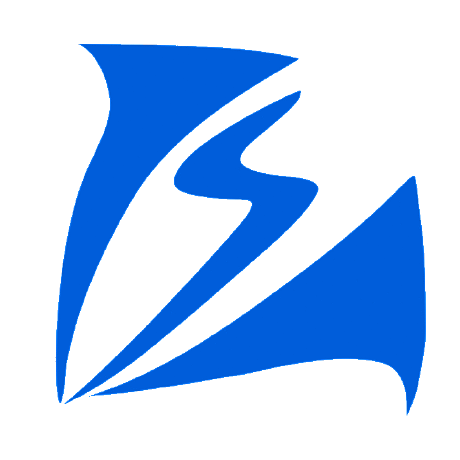Launch of Generation 3 Hardware accelerator platform.
Added 15 new surface types:
Forbes Q surface
Superconic Surface
Chebyshev Surface
Seidel Surface
Polynomial Surface
Cubic Surface
Arrayed Surface
Radial Zone Multi-Sag Surface
Toroidal Surface
Biconic Surface
Elliptical Surface
Fourier Surface
Conjugate Surface
Annular Cosine Surface
NURBS Surface
Binary Zone Surface


Improved Kinoforms
They can impart sag upon the parent surface.
Zones can be limited
Discrete Kinoform Steps are supported
Experimental Tool Radius Limit
Created new Surface Wrappings
Circular Wrapping with Fixed Ring Distance
Linear Surface Wrapping with Fixed Pitch
Max Sag Surface Wrapping
Added new Coating
Jones Matrix Coating
Added Generalized Freeform tilt compensation as: Mechanical Axis as Reference Normal
Added Sub-apertures to Multi-Sag Surface
Added new Gratings
Radial Grating
Polynomial Grating
Concave Spherical Grating
Added Two Point Hologram

Added Paraxial Element
Supports ABCD
Supports EFL
Supports EFLX EFLY

Added Atmospheric Element
Saastamoinen - 1972
Experimental Support for Seidelmann - 1992
Added Apodizers
Gaussian Apodizer
Image Apodizer

Improved Paraxial Optics Module
Added ability to account for generalized Optical Elements. This has a limitation on certain Tilt and Decenter.
Added support for Kinoforms and their chromatic properties.
Improved Performance
Generation 3 hardware accelerates program by factor of 4
Generation 3 hardware accelerates Data management operations by factor of 10
Zernike performance increased by factor of 4
Iterative ray-trace root finder increased performance by factor of 2
Added Tolerancing
Tolerance data is output into a spreadsheet for sorting, and further calculations by the user.
Added Sensitivity analysis.
Added Monte-Carlo Methods.
Perform comprehensive yield studies
Added Irregularity Tolerance
Uses Seidel Surface
Uses Zernike Surface
Added Compensators
Any indept. Variable can become a compensator
Added Tolerancing Groups
Now Groups can contain specific tolerances, such as group translation tolerances, as well as inherited tolerances.
Added Element Tolerances
Elements can also contain their own specific tolerances.
Added Suppose Mode
Suppose mode allows users to make a change without saving anything. This is particularly useful for seeing the perturbed system with tolerances.
Added Tolerancing Data Serialization for saving state based on some set of "macro" parameters.
Added Numerics Tests
Verified Zernike surface accuracy is within acceptable range: 10^-15 to 10^-12
Verified Sphere surface accuracy is within acceptable range: 10^-15 to 10^-14
Verified Conic surface accuracy is within acceptable range: 10^-15 to 10^-14
Verified Reflection Numerics accuracy is within 6 x 10^-15
Added Numerics Test feature for any surface to determine how well Ray-Surface intersections can be calculated for the particular problem of choice.
Improved ISO10110
Added Asphere Coefficient Tables and Equations to Sheet
Added Move Reference Tool to Lenses for setting the local reference to be:
First Surface
Second Surface
First Surface Center of Curvature
Second Surface Center of Curvature
Added Single Ray Trace Metrics
Single Ray Trace Total Angle X
Single Ray Trace Total Angle Y
Single Ray Trace Total Angle Z
Single Ray Trace Total Angle
Single Ray Trace Position
Single Ray Trace Position X
Single Ray Trace Position Y
Single Ray Trace Position Z
Single Ray Trace Flux
Single Ray Trace Polarization S1
Single Ray Trace Polarization S2
Single Ray Trace Polarization S3
Added Dragging Elements as Groups
Added Editing Elements as Groups
Data collation
Multi-set properties



